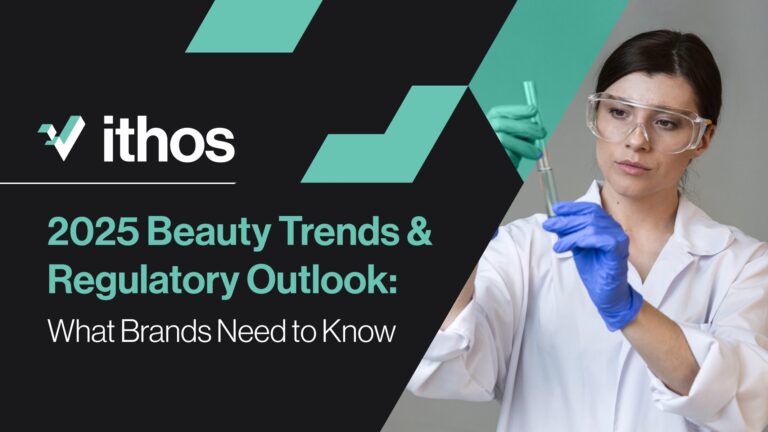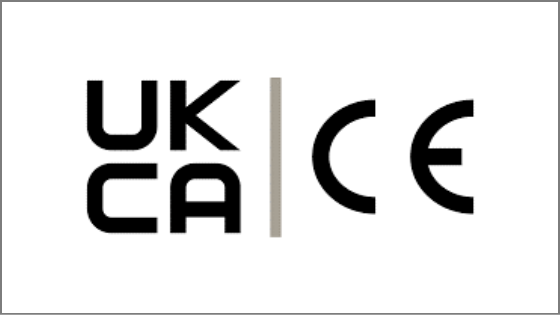Talc, an ingredient used in color cosmetics, is being further restricted by many global authorities.
Key Takeaways
What you need to know
Talc, an ingredient used in color cosmetics, is being further restricted by many global authorities. The World Health Organization’s (WHO) cancer agency has classified Talc as “probably carcinogenic” for humans (also known as Group 2A under this designation). The International Agency for Research on Cancer (IARC) released Monograph Volume 136 which stated that Talc could cause ovarian cancer in humans, is linked to cancer in rats, and that it shows “carcinogenic signs” in human cells. Varying amounts of evidence and data support each statement. Talc is used in various personal care products and cosmetics, such as baby powder,makeup, and body powder. Consumers are exposed to Talc when they use these products, but the most significant exposure occurs when this mineral is mined or processed, or when products containing Talc are produced.
Under the Modernization of Cosmetic Regulations Act (MoCRA), the US FDA has issued a proposed rule for test methods for detecting and identifying asbestos in Talc-containing cosmetics products.
The Details
The IARC stated that numerous studies found that the rate of ovarian cancer increased in women who used Talc on their perineal region. However, the possibility that the Talc in these studies was contaminated with asbestos was not ruled out. Some industry scientists have stated that the IARC’s findings are misleading, and that there is no definitive proof that Talc causes cancer. The IARC is stating that Talc has the potential to cause cancer under unspecified conditions. The studies cited by the IARC do not prove causation, but do show strong mechanistic evidence that Talc exhibits characteristics of carcinogens, such as chronic inflammation, altered cell proliferation, cell death, or altering nutrient supply.
Due to existing and this recent test data, Talc regulations in the cosmetics industry in various countries and jurisdictions continue to evolve and take shape.
Regulation Timeline
Health Canada updates its Hot List entry for Talc including changes to reduce exposure for inhalation and genital exposure routes and additional requirements for cautionary statements for all loose powders.
The IARC released a monograph evaluating the carcinogenicity of Talc
Talc under California’s Safe Cosmetic Program becomes reportable regardless of product type or form
FDA Proposes Rule to Require Standardized Testing Methods for Detecting and Identifying Asbestos in Talc-Containing Cosmetic Products
Impacts
Brands that sell products containing Talc will now have to comply with test methods that are implemented in the US and globally. Also, brands that sell products in the state of California must now report any products that contain Talc, regardless of its percentage in the formula or product form, to the California Safe Cosmetics Program. Manufacturers will have to comply with the US test methods when they are published, as well as any global test methods that may be published in the near future. Brands selling talc containing products in Canada must also comply with the Hot List requirements.
Our expert advice


Need guidance on changing regulations?
Contact Ithos today to see we can help navigate these regulation changes.
Here are some important steps to consider:







